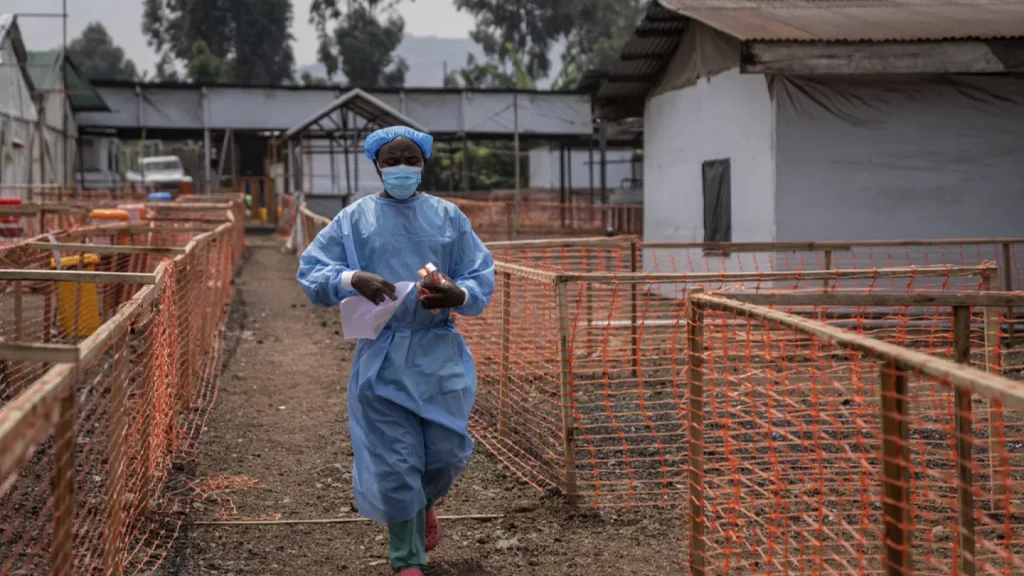A mysterious illness responsible for dozens of deaths in the Democratic Republic of Congo (DR Congo) is most likely malaria, according to the African Union’s health agency, Africa CDC.
The outbreak, first reported in late October, has primarily affected the Panzi region, around 700 kilometres southeast of Kinshasa. “The working diagnosis now is malaria,” said Ngashi Ngongo, chief of staff at Africa CDC, during a briefing. Malnutrition in the area has worsened the situation, he added, while the possibility of a viral haemorrhagic disease alongside malaria has not been ruled out.
Data from Africa CDC shows 37 deaths in health facilities out of nearly 600 reported cases, with an additional 44 suspected deaths in the community under investigation. Access to Panzi is hampered by poor road conditions and a lack of health infrastructure, alongside shortages of clean water and medicine.

The affected region, known for a severe typhoid epidemic two years ago, also suffers from one of the highest malnutrition rates in the country, at 61%.
The illness manifests with symptoms including fever, cough, and headaches, and appears to disproportionately impact children under five, who account for 40% of cases. Earlier investigations ruled out coronavirus but concluded the disease affects the respiratory system.
DR Congo is grappling with multiple health crises. In recent months, it has been at the centre of an outbreak of mpox, with over 1,000 deaths reported.


